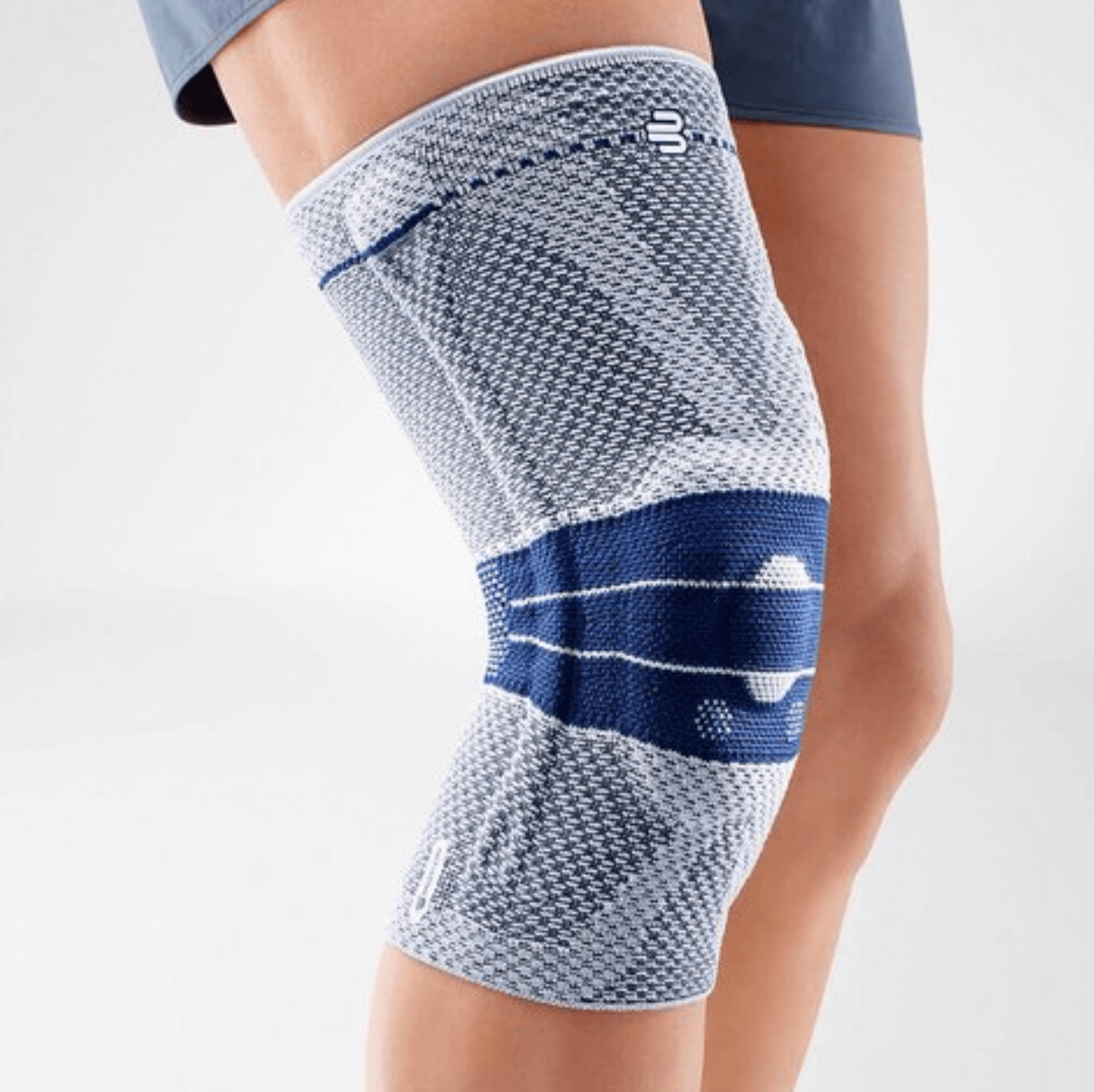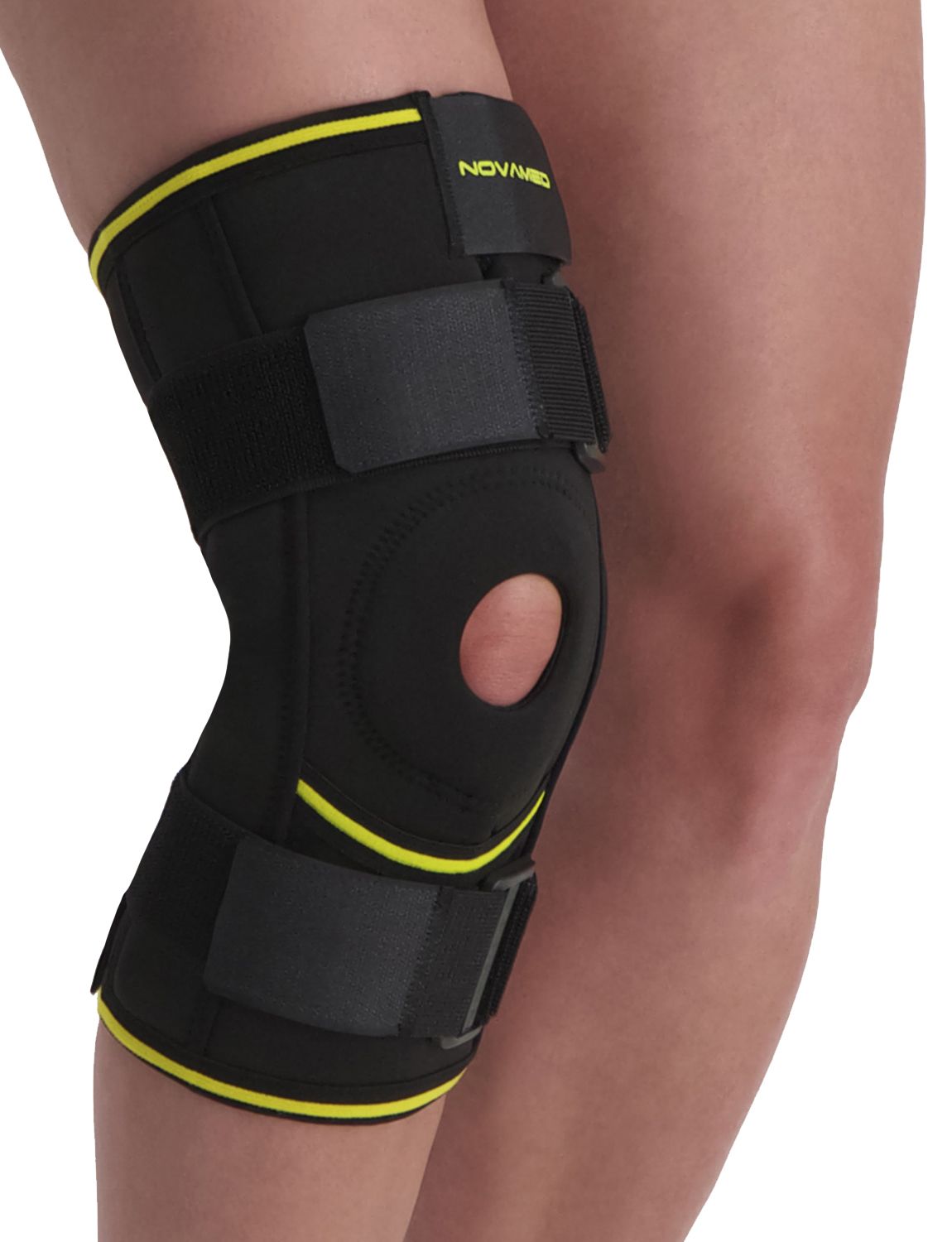Knee Fracture
A fractured kneecap (patella fracture) is a break at the front of the kneecap, which is one of the three bones that make up the knee joint. These three bones include the shinbone (tibia), the kneecap (patella), and the thighbone (femur). The kneecap is covered with a layer of cartilage that prevents friction between the bone and surrounding structures. The patella is embedded in the patellar tendon (tendon of the front thigh muscles) to absorb compression forces and reduce friction.
Causes of a fractured kneecap
The kneecap can break due to a direct impact to the bone, such as in a car accident or a fall. Long-term overuse of the knee, such as repeated high-impact jumps, can also cause a kneecap fracture.
Symptoms of a knee fracture
If you have a fractured kneecap, there is always damage to the surrounding structures as a result of an external force. The location and size of the fracture can reveal a lot about its severity. In general, there is sharp pain at the front and edges of the kneecap.
Other symptoms may include:
- Swelling and/or bruising
- Inability to squat or bend the knee
- Pain and difficulty straightening the leg
Treatment for a fractured kneecap
If the fragments of the kneecap have shifted out of place, surgery is required to reposition and stabilize the patella using fixation materials. If the fragments are still aligned, a cast can be used instead. Recovery time varies per person, but generally, the knee should not be loaded for around six weeks. Full recovery usually takes three to six months.
During the rehabilitation period, you may benefit from working with a specialist using treatments such as:
- Dry needling
- Manual therapy
- Exercise therapy
- Massage
At Podobrace, we offer a range of products designed to support recovery or even help prevent this type of injury. We provide various kinesiology tapes and knee braces specifically for this condition.

Bauerfeind GenuTrain A3 Knee Support
Protection level 2
Morsa GenuBerg M4 Hinged Knee Support

Novamed Lightweight Hinged Knee Support

Novamed Knee Support with Adjustable Hinges

Novamed MAX Hinged Knee Support with Crossed Straps

- Physiotherapist
- Sports podiatrist
- Manual therapist
- Podopostural therapist
- Myofascial dry needling specialist


